Food Chain Blank Worksheet
Are you teaching ecology or exploring the concept of food chains? Look no further! This blank worksheet is designed to help your students understand the relationships between organisms in an ecosystem. With clearly labeled sections for each level of the food chain, this worksheet provides a perfect opportunity for students to practice identifying the entities and subjects within a given ecosystem.
Table of Images 👆
- Food Web Worksheet
- Food Chain Worksheets
- Food Web Energy Pyramid Worksheet
- Food Chain Blank Template
- Web Food Chain Pyramid Worksheets
- Blank Food Web Worksheets
- Blank Food Web Worksheets
- Food Chains and Webs Worksheets
- Blank Food Chain Graphic Organizer
- Writing Food Chain Activity
- Blank Food Pyramid Worksheet
More Food Worksheets
Printable Worksheets for French FoodDaily Food Intake Worksheet
5 Food Groups Worksheet
Food Production Worksheet Template
What is a food chain?
A food chain is a hierarchical series of organisms in an ecosystem, each dependent on the next as a source of food. It represents the flow of energy and nutrients from one organism to another, starting with producers who make their own food through photosynthesis, then herbivores that eat plants, and finally carnivores that eat other animals. The chain illustrates the transfer of energy and nutrients through different trophic levels in an ecosystem.
What are the three main components of a food chain?
The three main components of a food chain are producers (plants and algae that create their own food through photosynthesis), consumers (organisms that consume other organisms for energy, such as herbivores, carnivores, and omnivores), and decomposers (organisms that break down dead matter and waste, returning nutrients to the soil for plants to use).
What is a producer in a food chain?
A producer in a food chain is an organism that produces its own energy through photosynthesis or chemosynthesis. These organisms, such as plants and certain bacteria, are able to convert sunlight or chemical energy into organic compounds that serve as food for other organisms in the ecosystem. They form the base of the food chain by providing energy to consumers that feed on them.
Give an example of a primary consumer.
A rabbit is an example of a primary consumer in an ecosystem, as it feeds on plants and is an herbivore.
Describe the role of decomposers in a food chain.
Decomposers play a crucial role in a food chain by breaking down organic matter from dead plants and animals into simpler nutrients like carbon, nitrogen, and phosphorus. This process helps to recycle these nutrients back into the environment, making them available for other organisms to use for growth and reproduction. Without decomposers, organic material would accumulate and nutrients would become locked up in dead organisms, hindering the overall functioning of ecosystems. Thus, decomposers act as nature's recyclers, completing the cycle of energy flow and nutrient cycling in the food chain.
Explain the concept of energy transfer in a food chain.
Energy transfer in a food chain refers to the movement of energy from one organism to another as it is passed along through the consumption of food. At the base of the food chain, producers like plants harness energy from the sun through photosynthesis and convert it into food. This energy is then transferred to herbivores when they consume the plants, and then to carnivores when they eat the herbivores. Each time an organism is consumed, energy is transferred along the chain, but some energy is lost as heat at each step due to metabolic processes, leading to a decrease in available energy higher up in the chain. Energy transfer is essential for the survival and functioning of ecosystems, driving the flow of energy and nutrients through the interconnected web of organisms.
What are the different trophic levels in a food chain?
The different trophic levels in a food chain are producers (plants), primary consumers (herbivores that eat plants), secondary consumers (carnivores that eat herbivores), and tertiary consumers (carnivores that eat other carnivores). Additionally, there are decomposers that break down dead organisms and organic matter, playing a crucial role in recycling nutrients back into the ecosystem.
How does the population of organisms change as you move up the food chain?
As you move up the food chain, the population of organisms generally decreases. This is because energy is lost as it moves up the trophic levels, resulting in less available energy to support higher numbers of organisms. Each trophic level typically supports fewer organisms than the one below it, with apex predators having the smallest population size due to their high position in the food chain and limited energy resources.
Discuss the impact of human activities on food chains.
Human activities can have a significant impact on food chains through activities such as deforestation, pollution, overfishing, and habitat destruction. These actions can disrupt the balance within ecosystems, leading to the decline of certain species and altering the dynamics of food chains. For example, overfishing can deplete key predator populations, causing cascading effects on prey species. Pollution can contaminate food sources for organisms, leading to bioaccumulation of toxins in higher trophic levels. Ultimately, these human activities can not only disrupt food chains but also threaten biodiversity and the overall health of ecosystems.
Explain the importance of maintaining a balanced food chain in an ecosystem.
Maintaining a balanced food chain in an ecosystem is crucial for the overall health and stability of the ecosystem. A balanced food chain ensures that each species has access to food sources, which in turn helps regulate population sizes. When one species becomes too dominant or declines in number, it can have cascading effects on other species and disrupt the entire ecosystem. Additionally, a balanced food chain promotes biodiversity and helps support a wide range of organisms, ultimately contributing to a more resilient and sustainable environment.
Have something to share?
Who is Worksheeto?
At Worksheeto, we are committed to delivering an extensive and varied portfolio of superior quality worksheets, designed to address the educational demands of students, educators, and parents.

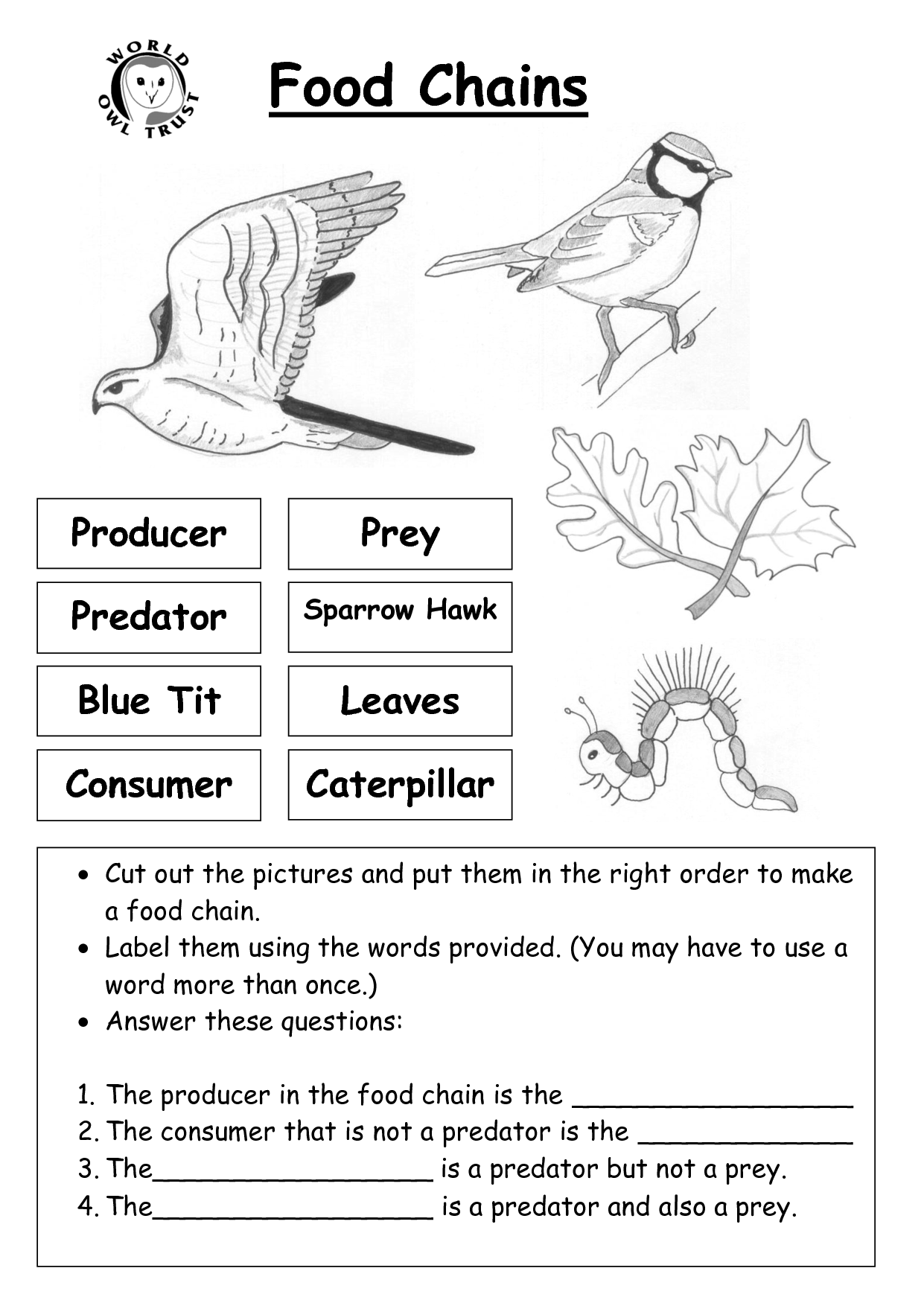



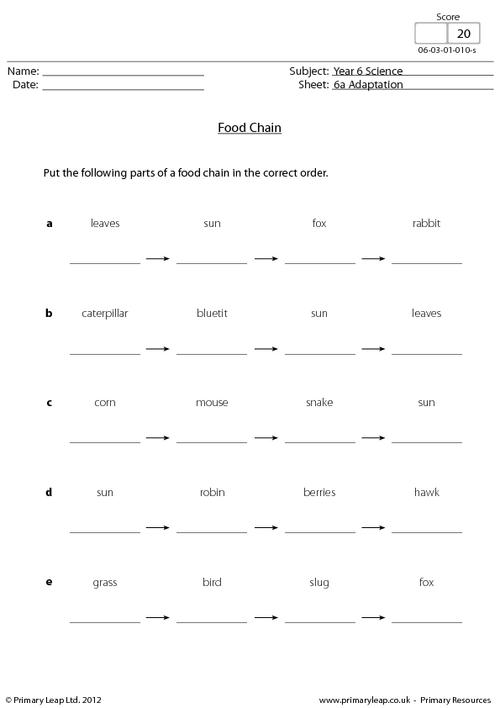
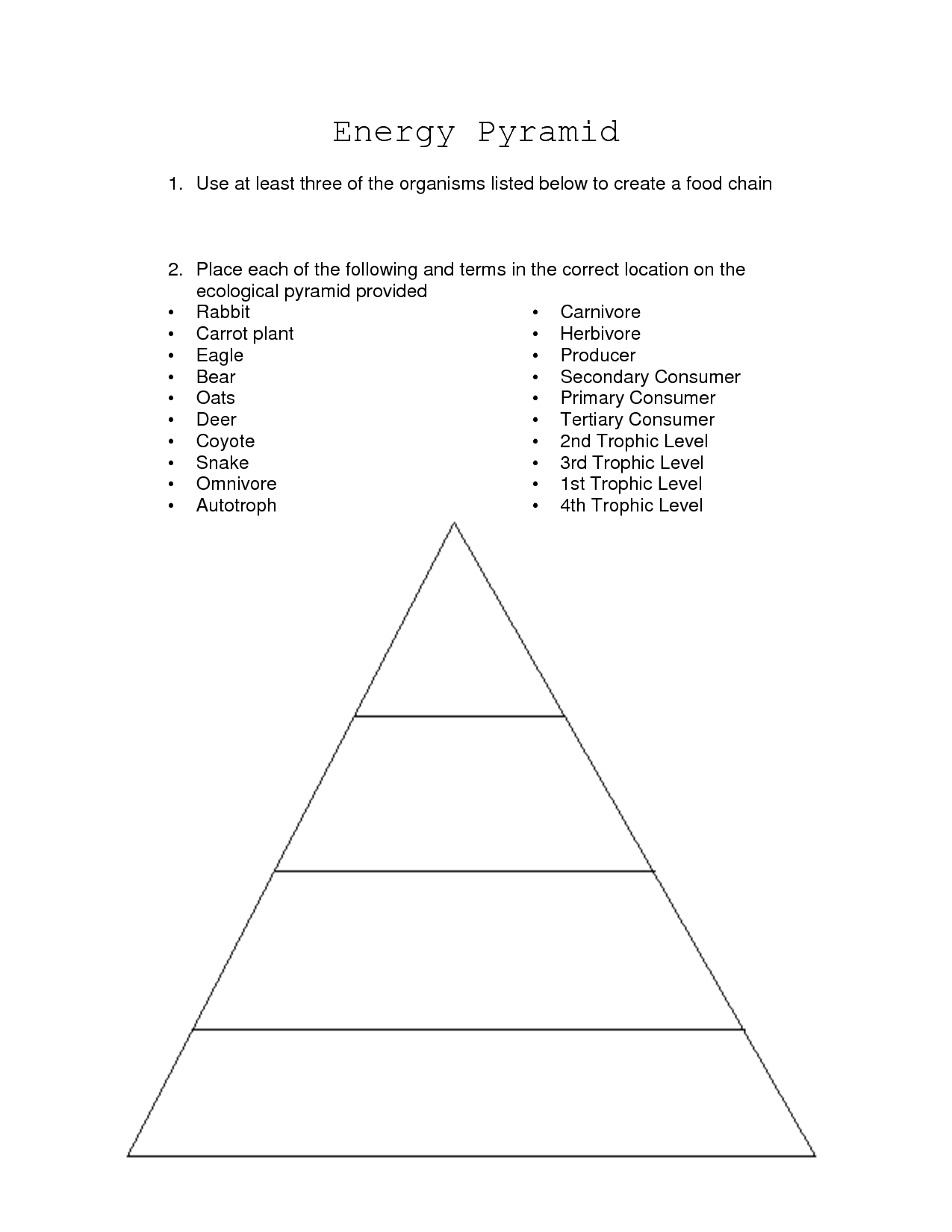
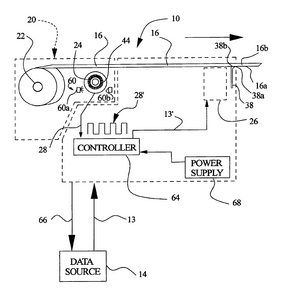
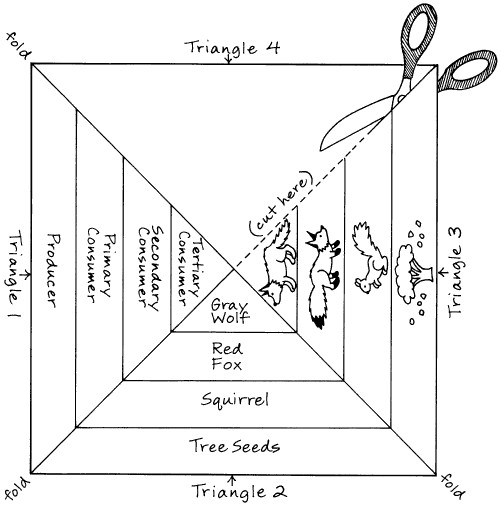
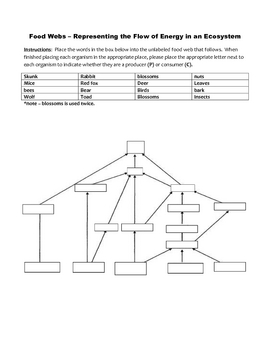

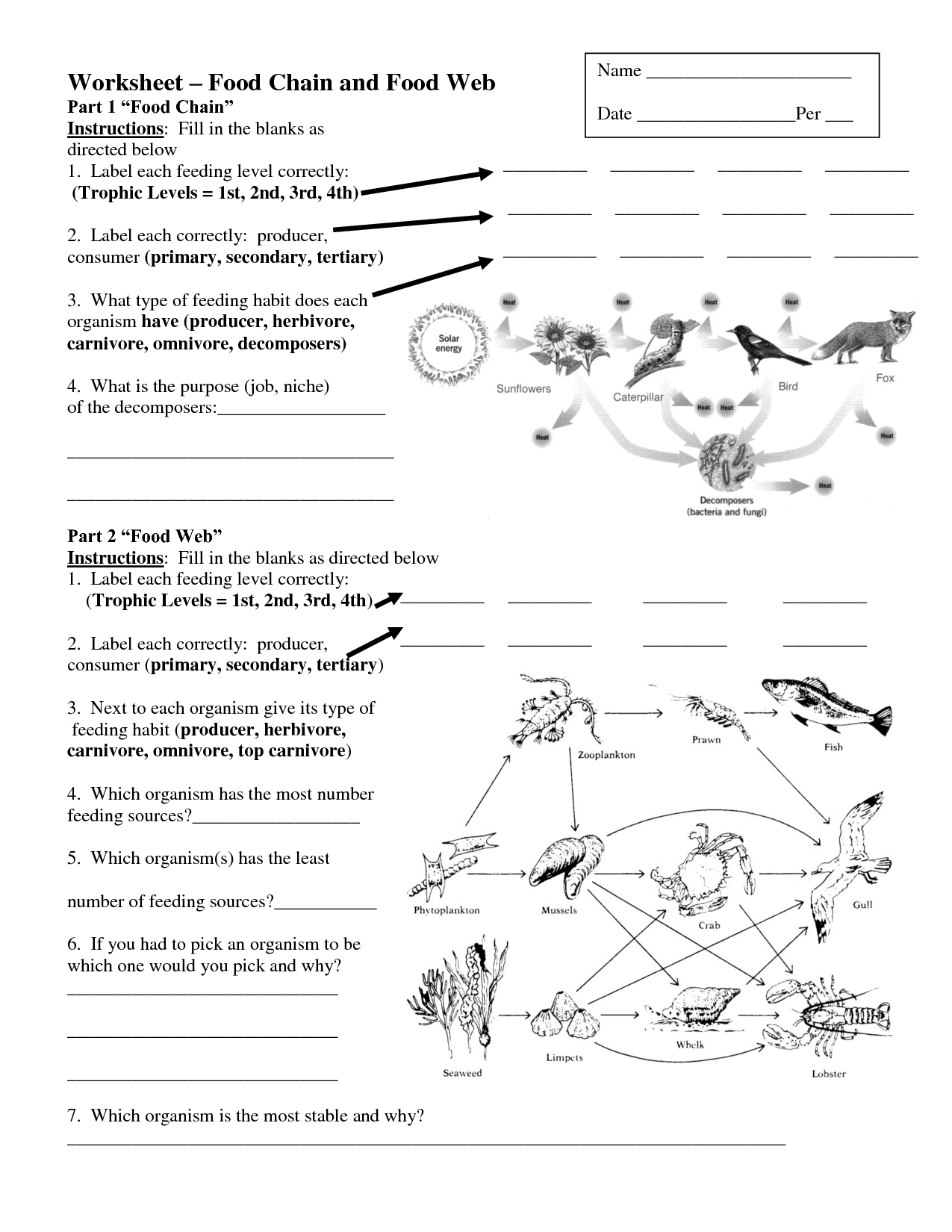
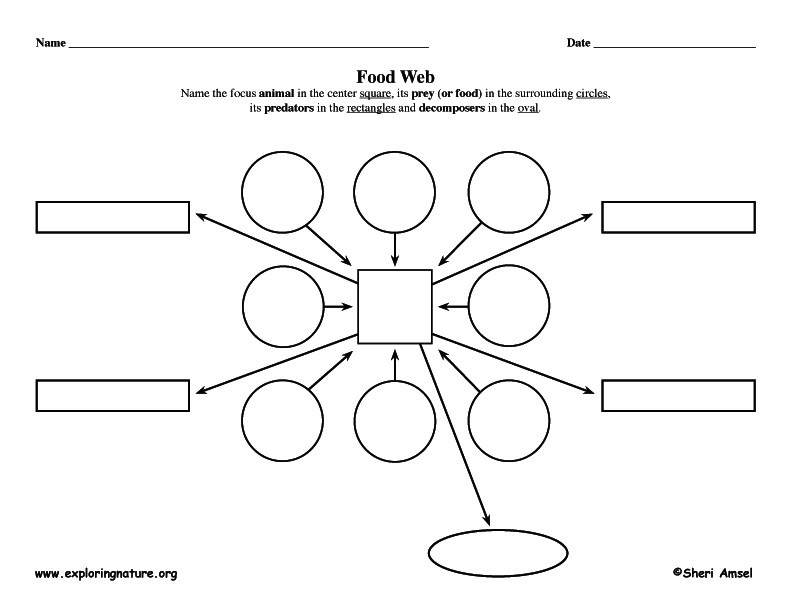

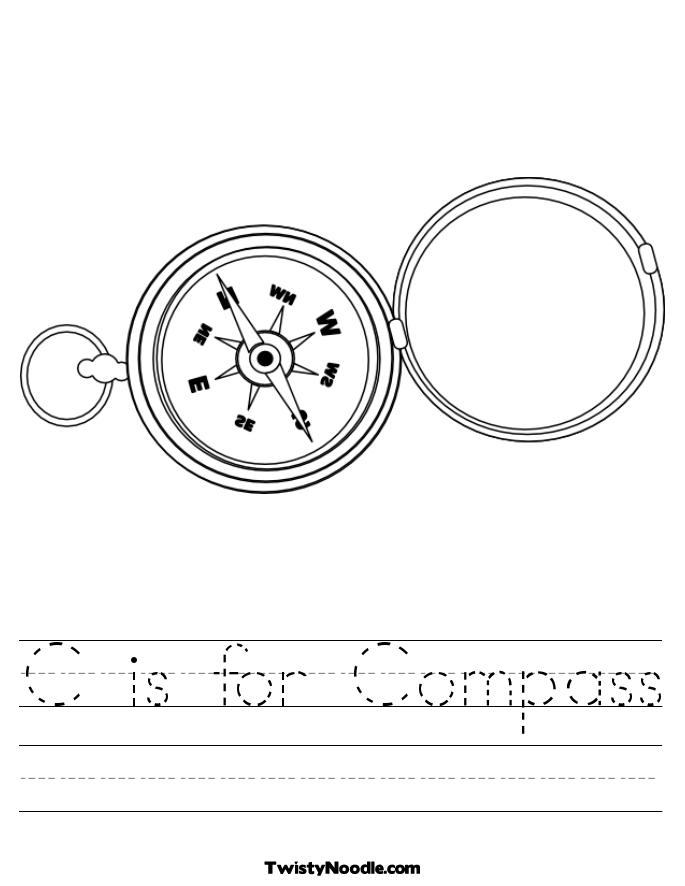








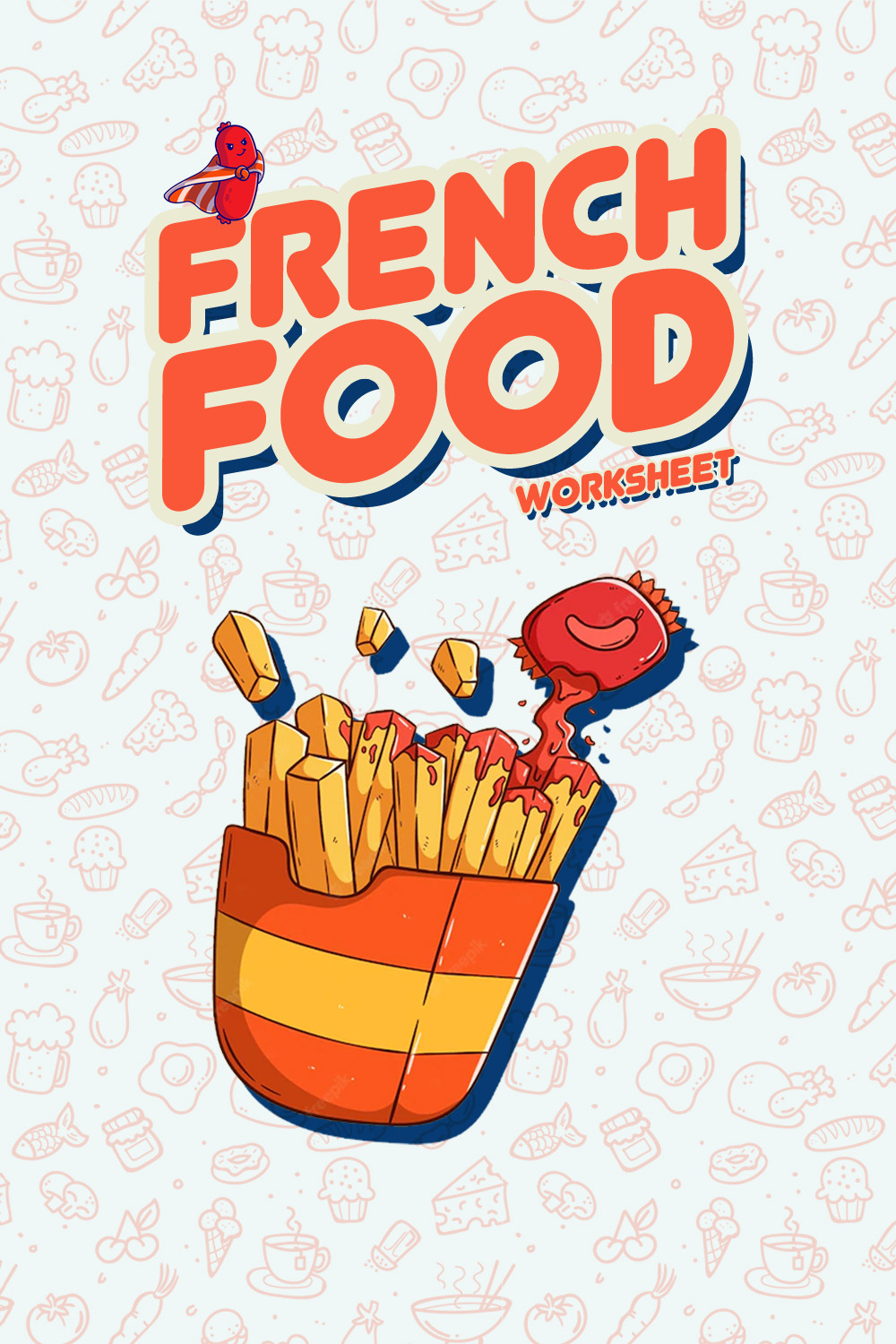
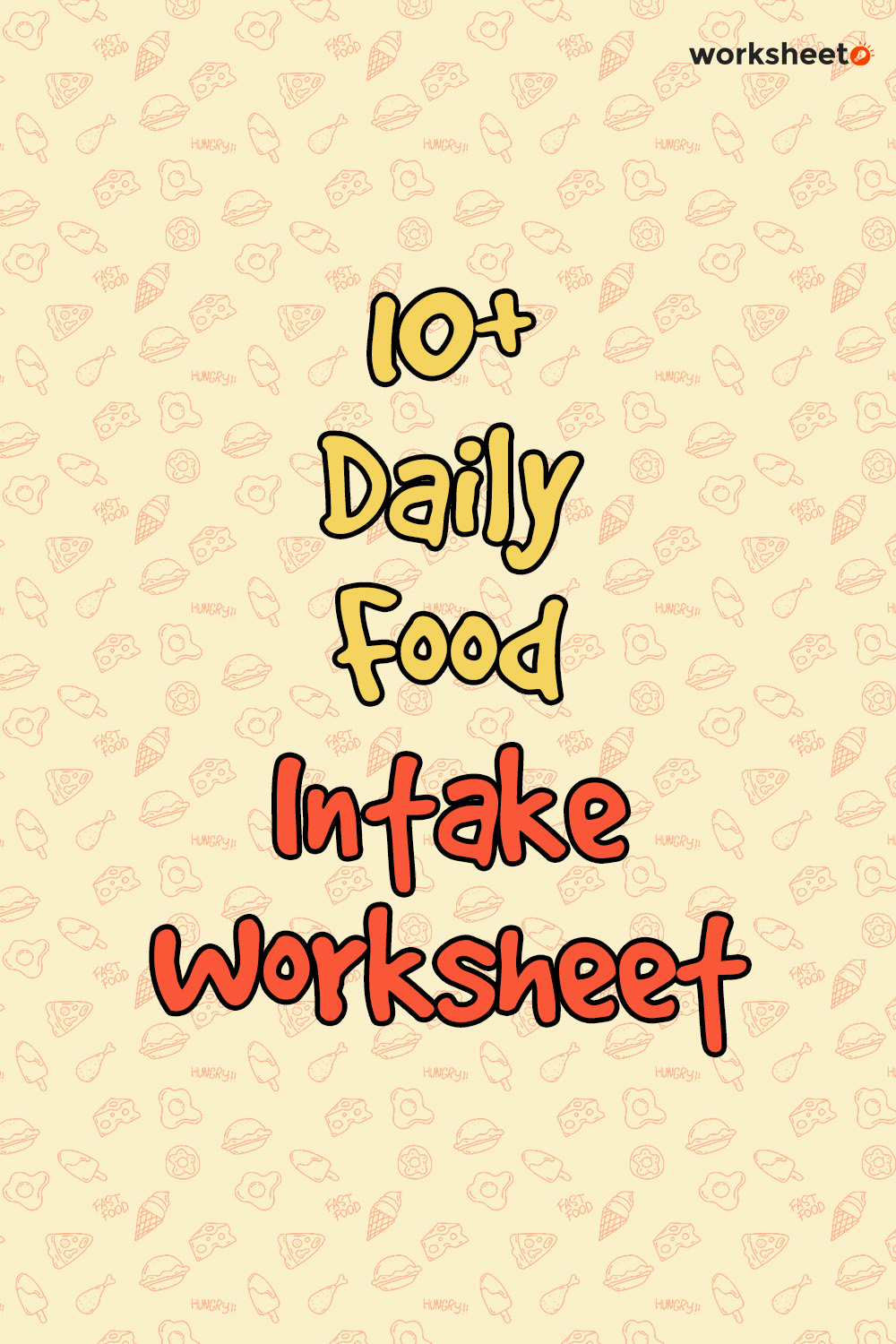
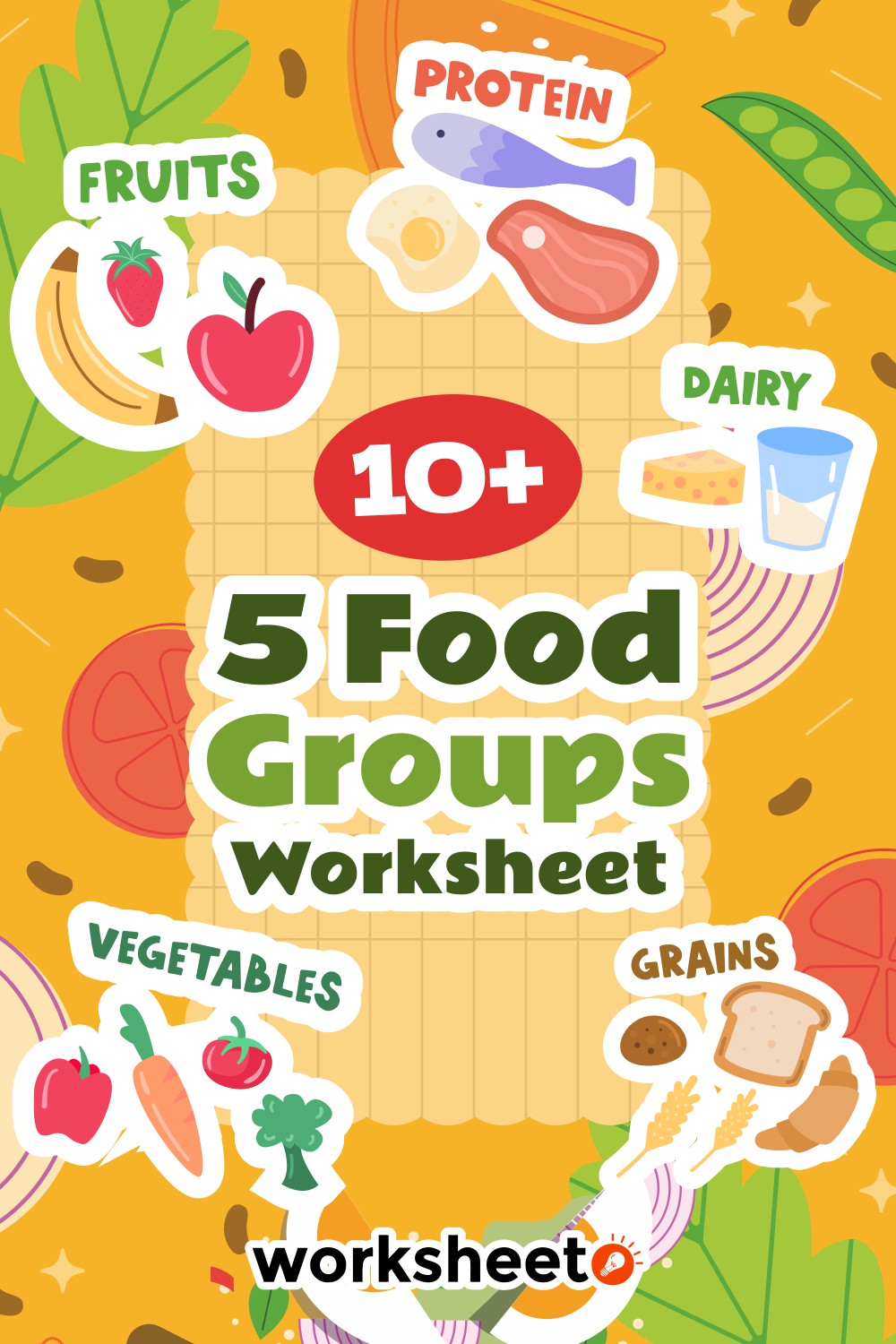
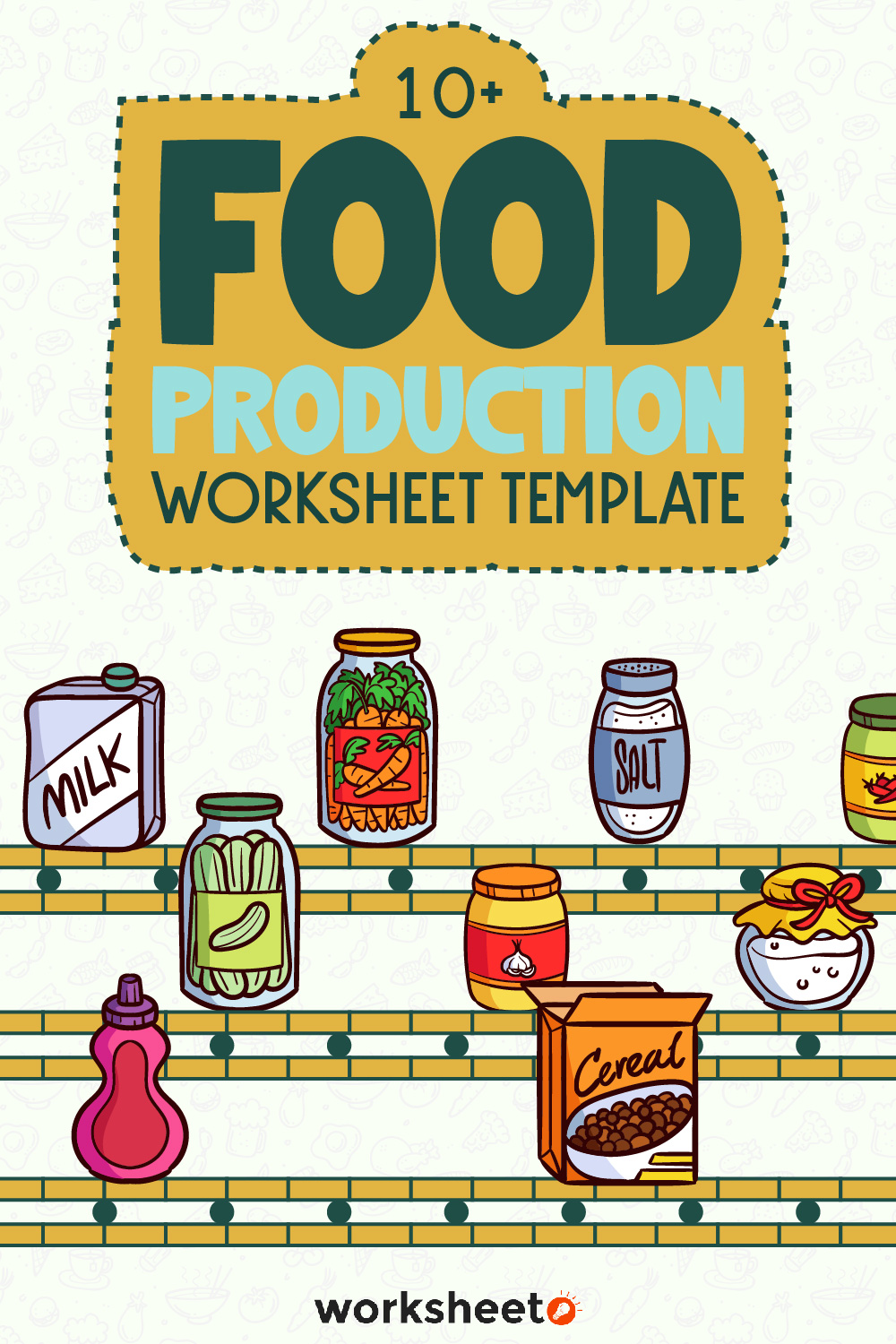
Comments